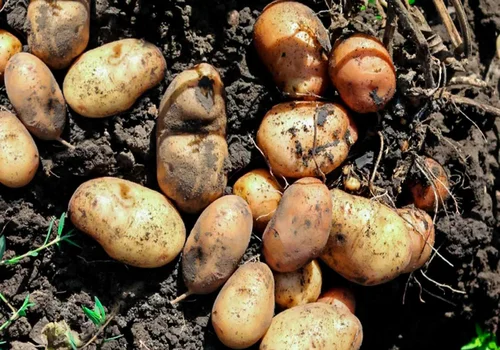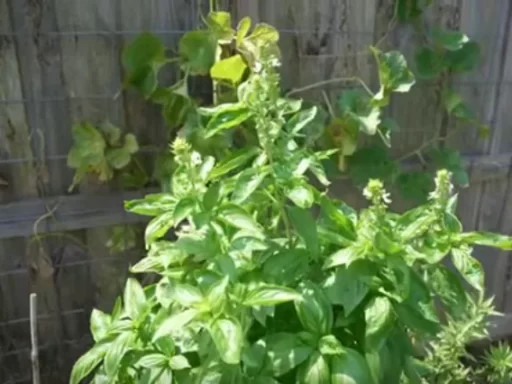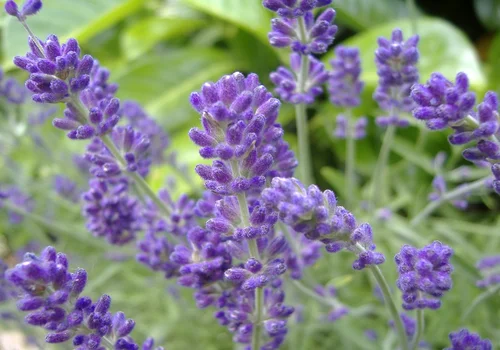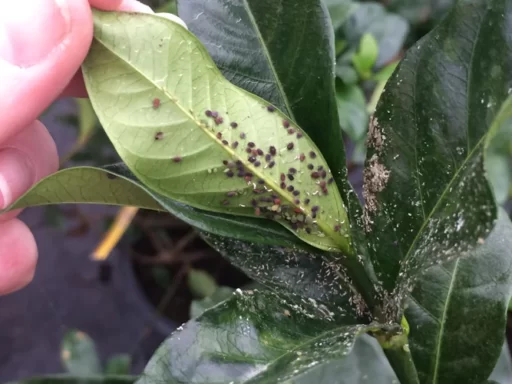Growing your own potatoes is one of the most rewarding gardening experiences. With a little planning and careful storage, you can enjoy fresh, homegrown potatoes from early summer right through to winter. And if you plan strategically, you can even maximize your harvests by planting more as the season progresses. This guide will walk you through the process of growing potatoes in containers, allowing you to enjoy an extended season of delicious spuds.
Why Grow Potatoes in Containers?
While potatoes are typically planted in spring and grown in the ground for harvest throughout the summer, planting them in containers offers several advantages. Containers allow you to grow potatoes in small spaces, such as patios or balconies, and they are easy to move around as needed. This method also extends the growing season since you can bring the containers into sheltered areas or greenhouses to protect them from frost.
By planting second-cropping potatoes, you can enjoy an extra harvest late in the year, even as the weather begins to cool down. These potatoes are planted later in the season and grow rapidly, making them perfect for those who missed the spring planting window or simply want to grow more potatoes.
Types of Potatoes to Grow in Containers
For second-cropping potatoes, it’s best to select early-season or first-early varieties. These potatoes mature quickly, allowing you to harvest them before the cold weather sets in. Some popular early-season varieties include:
- Rocket: Known for its fast growth and early harvest.
- Swift: Another quick-growing variety perfect for container planting.
- Sharpe’s Express: A reliable option for early harvests.
- Yukon Gold: A versatile potato with a rich flavor.
- Norland: Ideal for second cropping, known for its rapid growth.
- Charlotte and Nicola: Both excellent for container growing, offering a consistent and delicious yield.
Preparing for Second Cropping
When planting second-cropping potatoes, it’s crucial to ensure you have at least 90 days of frost-free weather ahead. Potatoes cannot tolerate frost, so you’ll need to be mindful of the weather conditions in your area. If you expect an early frost, be prepared to protect your potatoes by moving the containers indoors or covering them with fleece to keep them warm.
To give your potatoes the best chance of success, consider planting them in a well-rotted manure bed or using a high-quality compost mix. Ensure the area is relatively free of slugs, as these pests can nibble away at your growing potatoes.
How to Plant Potatoes in Containers

Growing potatoes in containers is relatively simple, and you can use various containers, from pots and tubs to makeshift options like cardboard boxes. Here’s a step-by-step guide to planting your potatoes:
Step 1: Choose Your Container
Select a container that is at least 2 gallons (8 liters) in size. Larger containers allow for more potatoes, but even smaller pots can yield a good harvest. If you’re using a cardboard box, ensure it’s sturdy enough to hold the soil and withstand frequent watering.
Step 2: Add Soil and Fertilizer
Mix garden compost with peat-free potting mix in a 50:50 ratio to fill your container. This mix provides the right balance of nutrients while keeping costs down. You can also add a couple of handfuls of organic fertilizer, such as blood, fish, and bone, or chicken manure pellets, to boost growth.
Step 3: Plant Your Seed Potatoes
Place your seed potatoes in the container about halfway down, spacing them 18 inches (45 cm) apart if planting in a larger pot or garden bed. For smaller containers, you can plant one or two seed potatoes depending on the size. Cover them with soil and water thoroughly.
Step 4: Water and Maintain
Keep your potatoes well-watered, especially during warm weather. Potatoes need plenty of water to fuel their growth, particularly as they begin to develop tubers. In cooler autumn weather, you may not need to water as frequently. Keep the area weed-free and ensure your potatoes are getting enough sunlight.
Step 5: Harvesting
Depending on the variety, your second-cropping potatoes will be ready to harvest in 90 days or less. As the weather cools, move the containers indoors or wrap them in bubble wrap to protect them from frost. Cut back the foliage and up-turn the container when you’re ready to harvest. You can store the harvested potatoes in a cool, dark place to enjoy them throughout the winter.
Using Cardboard Boxes for Potato Planting
Cardboard boxes offer an eco-friendly and budget-friendly alternative to traditional containers. To use a cardboard box for potato planting, follow these steps:
- Prepare the Box: Make sure the box is sturdy. You can reinforce it by placing one box inside another.
- Add Soil: Add a 2-inch (5 cm) layer of garden compost mixed with potting mix to the bottom of the box.
- Plant Seed Potatoes: Place the seed potatoes on top of the soil and cover them until the box is half full.
- Top Up: As the potato shoots grow, gradually add more soil until the box is full.
- Water Regularly: Keep the box well-watered, as potatoes need plenty of moisture for growth.
- Harvest: Once the potatoes are ready, tear apart the cardboard box and compost the remains.
Cardboard boxes will become soft and soggy from watering, but they are an excellent way to grow potatoes without waste. At the end of the season, simply compost the cardboard along with any remaining plant matter.
Protecting Your Potatoes from Frost
As autumn approaches and temperatures drop, it’s important to protect your potatoes from frost. You can insulate your containers with bubble wrap or move them to a sheltered area such as a greenhouse or outbuilding. Cut back the old foliage once it dies back, and your potatoes will be ready for harvesting whenever you need them.
Frequently Asked Questions
1. Can I grow potatoes in small containers?
Yes, you can grow potatoes in containers as small as 2 gallons (8 liters). However, larger containers will yield more potatoes.
2. How often should I water potatoes in containers?
Potatoes need regular watering, especially during warm weather. Ensure the soil remains moist but not waterlogged.
3. What is the best variety of potatoes for container growing?
Early-season varieties like Rocket, Swift, and Sharpe’s Express are ideal for container growing due to their rapid growth and early harvest.
4. How long does it take for second-cropping potatoes to mature?
Second-cropping potatoes typically take around 90 days to mature, depending on the variety and growing conditions.
5. Can I grow potatoes indoors?
Yes, you can grow potatoes indoors in containers, provided they receive enough sunlight or are placed under grow lights.
6. How can I protect potatoes from frost?
To protect your potatoes from frost, insulate the containers with bubble wrap or move them to a sheltered location such as a greenhouse or shed.
7. When is the best time to plant second-cropping potatoes?
The best time to plant second-cropping potatoes is late summer, ensuring at least 90 days of frost-free weather before harvest.



